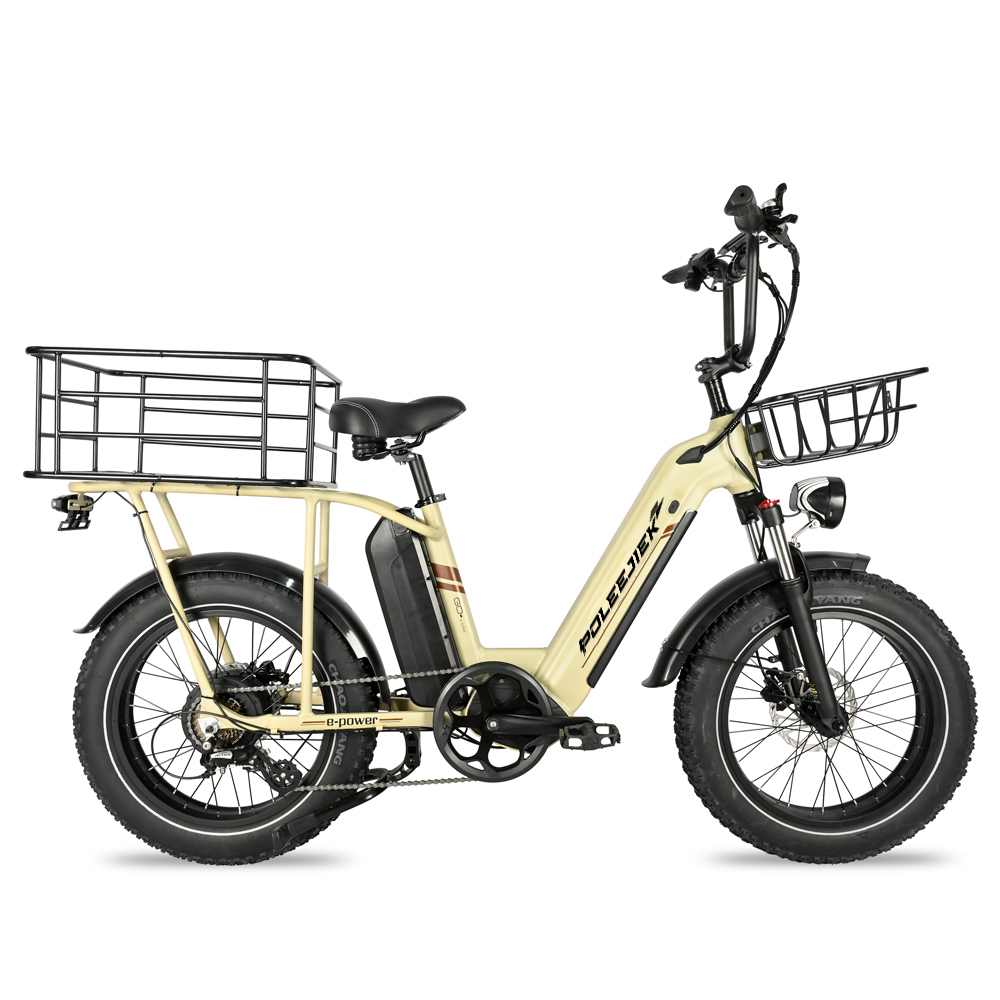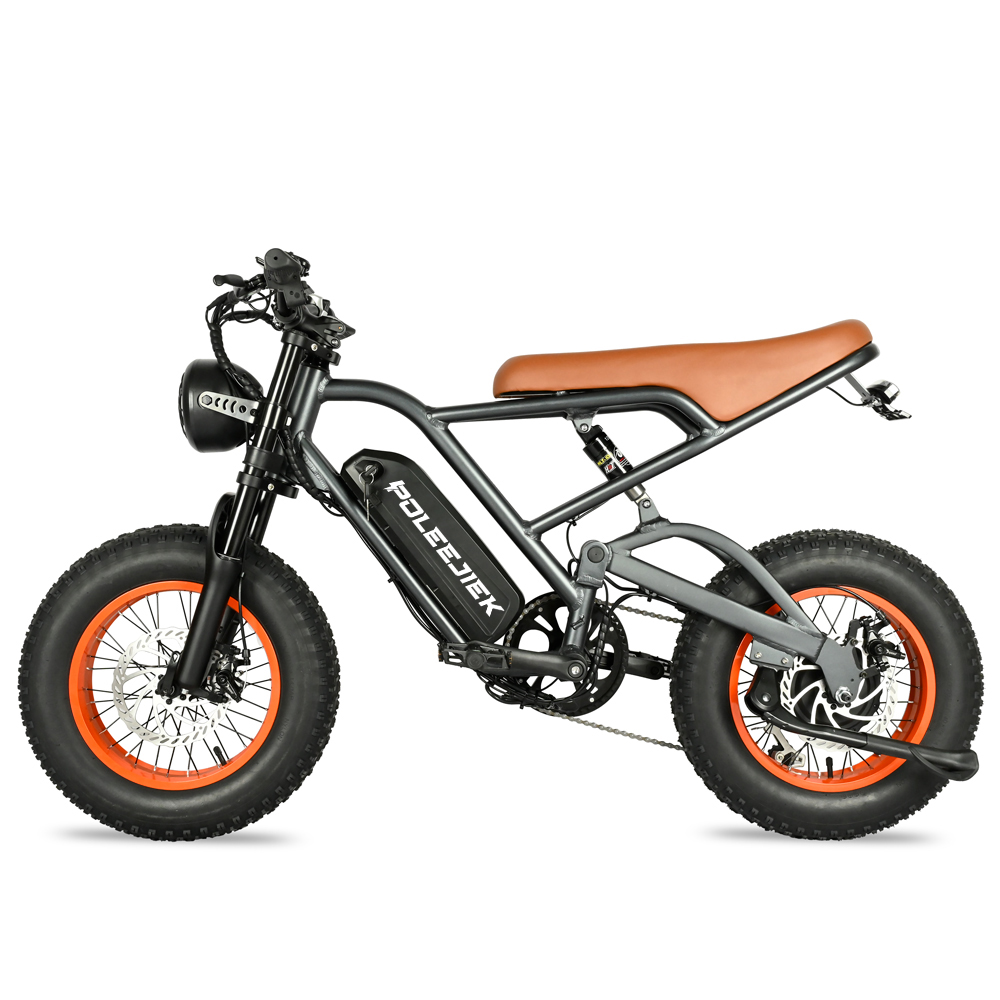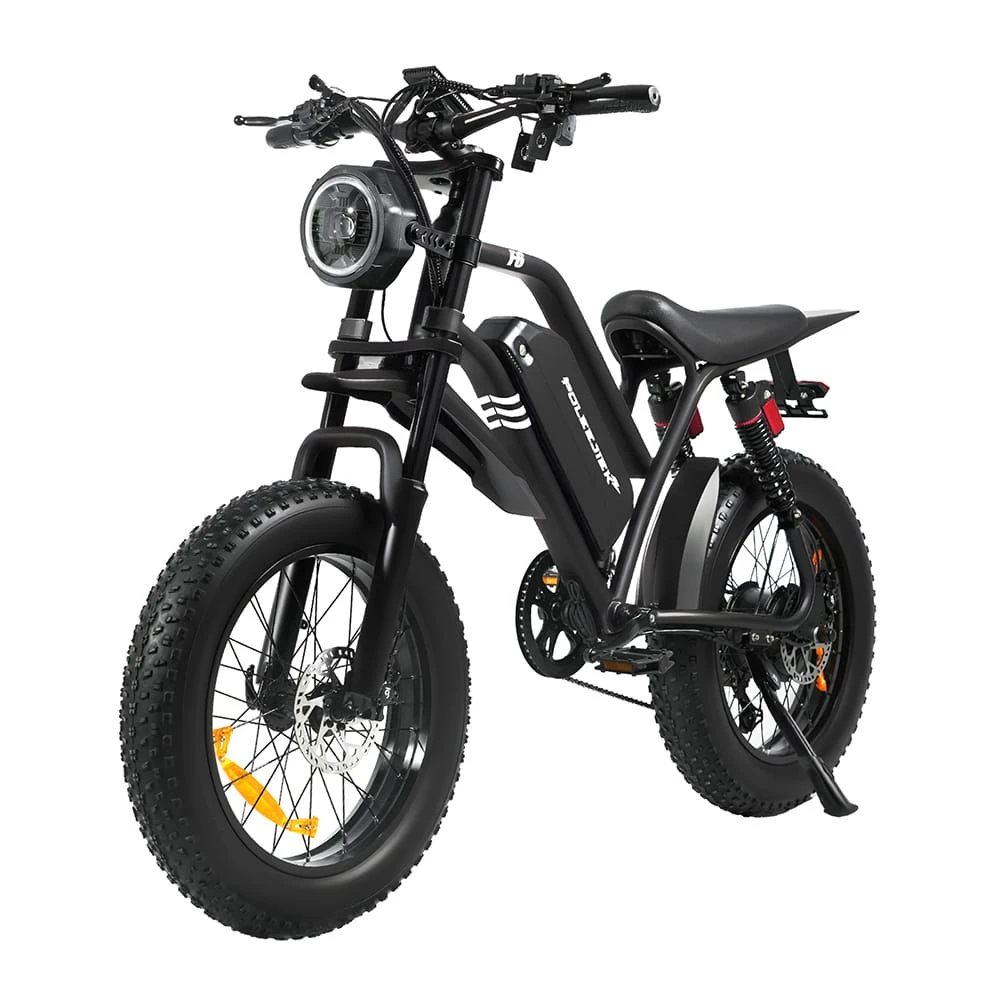E-Bike's Big Split: Power vs. Ultimate Lightweight

The once-clear boundary between "light-assist" and "full-power" e-bike systems is rapidly dissolving. As giants like Bosch launch full-power mid-drive motors weighing nearly 2.5kg, the market is facing a top-down disruption. This move has forced manufacturers who specialized in light-assist systems (like Fazua, Mahle, and TQ) to a critical crossroads. They must now choose between two divergent paths: "breaking through" with more power or committing to "ultimate lightweight" integration.
Key Takeaways
-
The Market is Blurring: The line between light-assist and full-power is vanishing. The core value proposition of "being light" is no longer enough.
-
The Bosch Disruption: Bosch’s Performance Line SX motor (~2.5kg) offers full-power performance at a light-assist weight, validating the light market but creating intense competition.
-
A Strategic Split: Light-assist brands are splitting into two camps.
-
Path 1 - More Power: Mid-drive makers (TQ, Maxon) are aggressively increasing torque and power (up to 88Nm/620W) to create a new "Performance Light" category.
-
Path 2 - Ultimate Stealth: Hub-motor makers (Mahle, Kynamic, Hyena) are focusing on extreme light weight, invisibility, and deep integration, dominating niches like road and gravel.
The Disruption: When "Full-Power" is No Longer Heavy
For years, the e-bike industry had a clear divide. Brands like Fazua, Mahle, and TQ built a successful niche by sacrificing some torque and power for a lighter, more natural-feeling ride that appealed to purists.
However, in 2024, market leader Bosch entered this space with its Performance Line SX system. Weighing only ~2.5kg, it nearly matches the weight of light-assist systems but delivers a near-full-power experience. This posed a sharp question to all light-assist brands: When full-power systems aren't "heavy," is "light" still a strong enough selling point?
The Great Divide: Two New Strategies Emerge
In response to this challenge, the light-assist market quickly fractured into two strategic camps.
-
Breakthrough Upwards (More Power): Led by mid-drive manufacturers, this group is adding significant power, blurring the line with full-assist systems to find a new "golden mean" of weight and performance.
-
Defend the Niche (Ultimate Light & Integration): Led by hub-motor manufacturers, this group is making their systems lighter, stealthier, and more integrated, digging a defensive moat in specific markets like road and gravel.
Path 1: The "Breakthrough Upwards" Performance Leap
The logic for this group is clear: If the competition is getting lighter, we must get stronger. They are creating a new "super-class" of e-bikes: light frames with powerful motors.
TQ and Maxon are prime examples of this aggressive strategy.
|
Manufacturer |
TQ Systems |
Maxon |
|---|---|---|
|
New System |
TQ-HPR60 (Gen 2) |
Bike Drive Air S (Gen 2) |
|
Max Torque |
60Nm (+20% vs Gen 1) |
88Nm (+120% vs Gen 1) |
|
Peak Power |
350W (+17%) |
620W (Full-Assist Territory) |
|
Motor Weight |
~1.85kg (System: 3.5kg) |
1.98kg |
|
Strategy |
Aggressively upgrade performance while keeping the silent, zero-drag feel. |
Put a full-power "heart" in a lightweight body. Make "choice" obsolete. |
Path 2: The "Ultimate Lightweight" Integration
The hub-motor camp chose a different path: to perfect the art of "light" and "invisible."
Mahle: The Ecosystem Play
As the leader in e-road bikes, Mahle (X20/30/35) isn't chasing more power. Instead, they launched the XS system, a convenient kit to electrify existing bikes. Their strategy is about the ecosystem. By launching the Mahle Gateway hardware, they are enabling deep integration with high-end gearbox brands like Pinion. Mahle's goal is to be the most professional, elegant, and seamless solution for the road and gravel niche.
Kynamic & Hyena: The "Purist" Play
Newer brands are pushing lightness to its absolute limit.
-
Kynamic (a KMC subsidiary): The E-Pure system has a total weight under 3kg. Its 180Wh external battery is cleverly designed to fit inside a standard water bottle cage.
-
Hyena: The MRC-F250 hub motor weighs only 2kg and is designed to hide perfectly between the brake disc and cassette, preserving the bike's original aesthetic.
Market Outlook: This split is a sign of a maturing market. The "Breakthrough" camp (TQ, Maxon) is creating a new, larger "Performance Light" category. The "Ultimate Lightweight" camp (Mahle, Kynamic) is deepening its moat, locking in core purist riders in high-end road and gravel.
FAQ
What is the main difference between the two new strategies?
The simplest way to see it is:
-
Path 1 (Mid-Drives): Focuses on Performance. They are prioritizing power and torque (like 88Nm) in a lightweight package. This is for "e-MTB light" or "power gravel" riders.
-
Path 2 (Hub-Drives): Focuses on Stealth. They are prioritizing invisibility, low weight (under 3kg), and a natural ride feel. This is for "purist" road and gravel riders.
Why is the Bosch Performance Line SX so disruptive?
Because it broke the old rule that "full-power = heavy." By offering high power in a ~2.5kg package, Bosch (a full-power giant) invaded the light-assist space and forced the specialized light brands to re-justify their existence.
Which system is better for a lightweight e-road bike?
The "Ultimate Lightweight" hub systems (Path 2) are the clear choice. Brands like Mahle and Hyena are designed to be virtually invisible and add minimal weight, preserving the feel and aesthetic of a traditional road bike.
What is the benefit of the "Breakthrough Upwards" (TQ, Maxon) systems?
Their benefit is eliminating the need to compromise. Previously, riders had to choose: a lightweight bike with weak assistance, or a powerful bike that was very heavy. Systems like the Maxon Bike Drive Air S (88Nm) let you have a bike that feels light and agile but still has the power to conquer very steep climbs.






